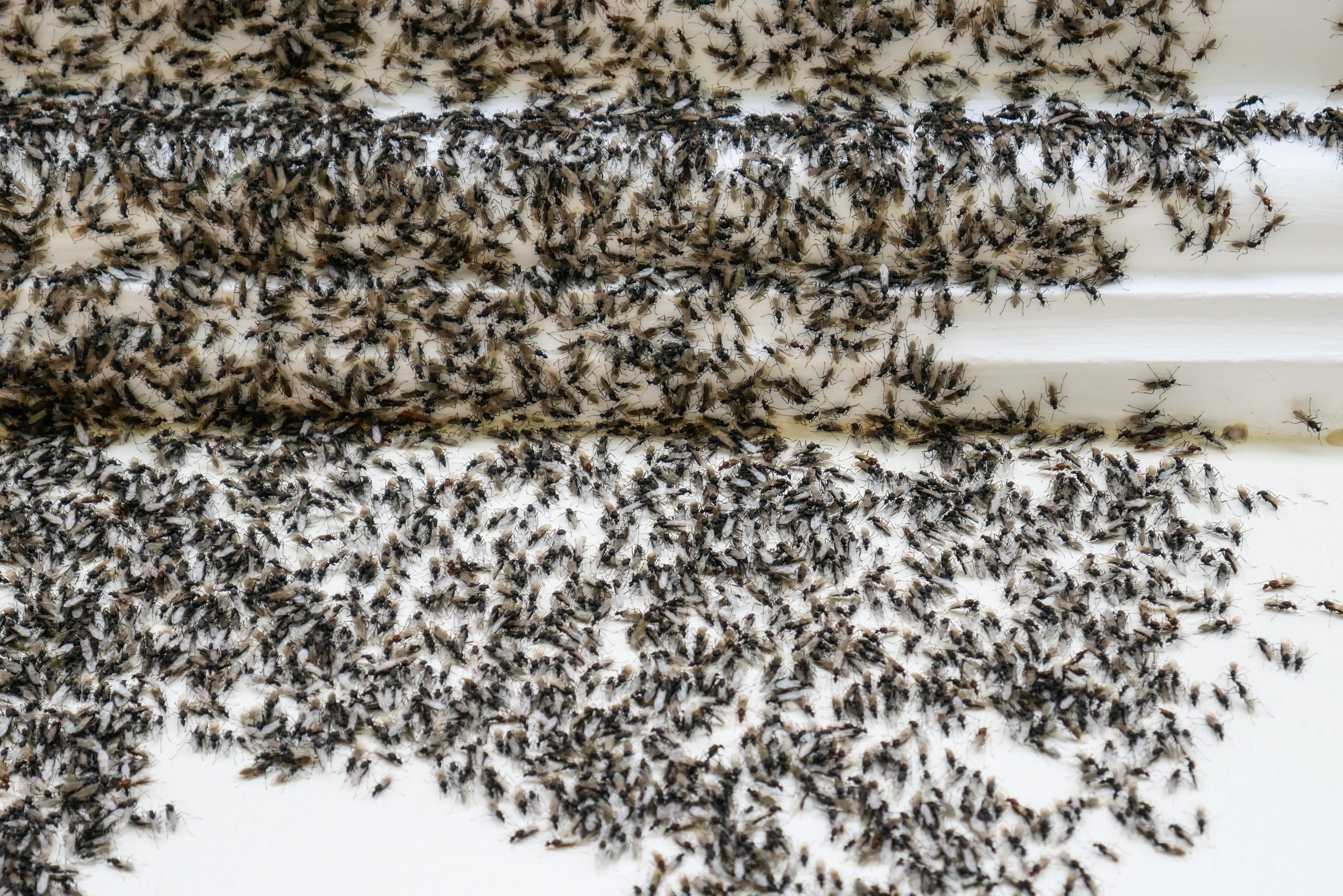Invasion Of Ants
Exotic invasive ants
Exotic to Australia, under eradication or management
Features: This group of invasive ant species, including the red imported fire ant, are aggressive, spread quickly and would disrupt our environment and usual way of life
Where they’re from: Asia, Africa, Europe, North America, Central America, Caribbean, South America, Oceania
How they spread: Importation of goods, packaging or conveyances infested with ants
At risk: The environment, our way of life, agriculture, infrastructure and human health
Red imported fire ant is one of the invasive tramp ant species we need to keep out of Australia.
Keep it out
These invasive ant species are highly invasive. Once introduced, they spread rapidly threatening the environment, agriculture and way of life.
Invasive ants can disrupt local wildlife, sting humans and animals and prevent people from enjoying the outdoors. They can eat plants and even damage machinery and buildings including electrical insulation.
Many species originate from South America, including red imported fire ant, the Argentine ant and the electric ant, but browsing ant is native to southern Europe. Yellow crazy ant is thought to originate from Africa but can now be found throughout the Pacific.
Stop the spread
Some species have already invaded parts of Australia and measures are in place to prevent them spreading any further or to eradicate them.
| Species | Subject to eradication | Established |
|---|---|---|
| African big-headed ant (Pheidole megacephala) | N/A | WA, NT, QLD, NSW |
| Argentine ant (Linepithema humile) | N/A | WA, QLD, SA, VIC, NSW, TAS, ACT |
| Browsing ant (Lepisiota frauenfeldi) | WA, NT | N/A |
| Electric ant (Wasmannia auropunctata) | QLD | N/A |
| Yellow crazy ant (Anoplolepis gracilipes) | NT | QLD, Christmas Island |
| Red imported fire ant (Solenopsis invicta) | QLD, NSW | N/A |
| Tropical fire ant (Solenopsis geminata) | Tiwi Islands | NT |
Importing goods
To keep invasive ants out of Australia, never ignore Australia’s strict biosecurity rules.
Import shipments may need to be treated and certified, so before you import, check our Biosecurity Import Conditions system (BICON).
What to look for
Keep an eye out for unfamiliar ant species, particularly around anything newly imported, or if you live near ports.
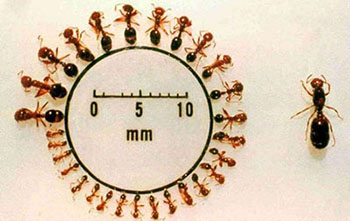
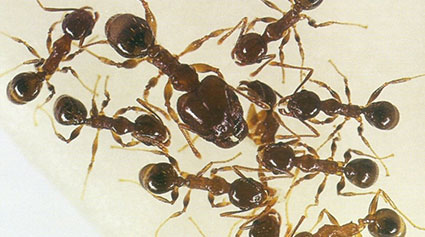
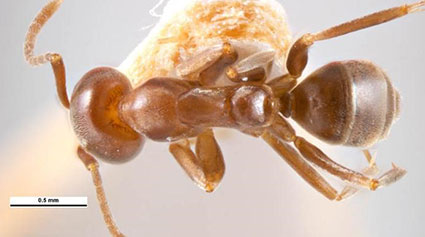
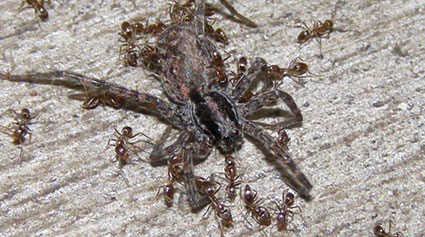
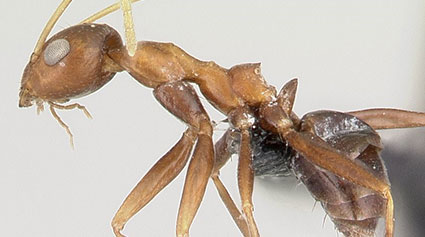
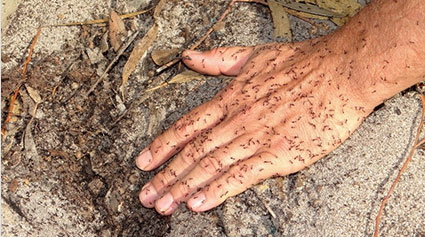
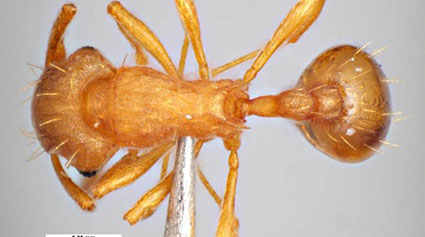
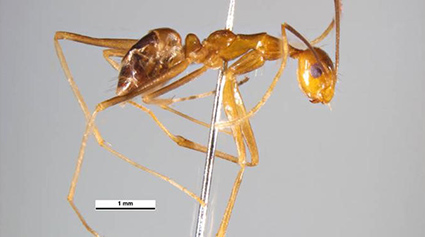
Where to look
Importers
If you work around imported goods you need to look for invasive ants on:
- crates
- machinery
- plant material
- shipping containers
- conveyances.
Home gardeners and people living near ports
Ants can be moved in:
- containers
- soil
- plants
- timber
- machinery
- goods carried by passengers.
Moving items out of your backyard, including pot plants can be an easy way for invasive ants to move to new locations. If you live in an area known to have invasive ants, take care not to spread them with items such as these. Consider leaving the items behind.
What to do
If you think you’ve found invasive ants:
- take a photo
- do not disturb the ants (this may be as simple as closing the doors on a shipping container or bagging a pot plant)
- collect a sample, if safe to do so.
Invasion Of Ants
Invasive ants are a reality that must be dealt with. They are the most common and widespread ant species in the world, and they can be found on every continent except Antarctica. They may look like any other ant, but invasive ants are not native to your area—they have established themselves in environments far outside of their natural range.
Because of their aggressive behavior and ability to adapt to new conditions, invasive ants have been able to thrive in many different environments where they were introduced as stowaways on ships or as accidental pests. Once an invasive ant colony has been established, it can spread quickly and make life difficult for humans and animals alike.
Invasive ants eat whatever they can find—they will even eat other insects if that’s all there is available. They also eat plants and animals if given the chance! In addition to being dangerous because of their voracious appetite for food sources that might otherwise not be eaten by other animals (such as crops), invasive ants pose a serious threat to human health because of their ability to spread diseases such as malaria through bites or contact with infected blood.
List Of Invasion Of Ants
Additional Info :
| Color | Multicolor |
| Item Dimensions | |
| Height | 0.18 Inches |
| Width | 4.96 Inches |
| Length | 7.98 Inches |
| Weight | 0.12566348934 Pounds |
| Release Date | 1998-06-01T00:00:01Z |
Additional Info :
| Release Date | 2016-06-03T00:00:00-04:00 |
Additional Info :
| Item Dimensions | |
| Height | 8.5 Inches |
| Width | 0.12 Inches |
| Length | 8.5 Inches |
- Arcade-style gameplay
- Cartoon animation
- Touchscreen interface
Additional Info :
| Release Date | 2011-10-31T21:56:23.000Z |
- A single individual card from the Yu-Gi-Oh! trading and collectible card game (TCG/CCG).
- This is of Common rarity.
- From the Invasion of Chaos set.
- You will receive the Unlimited Edition version of this card.
Additional Info :
| Item Dimensions | |
| Weight | 0.00375 Pounds |
